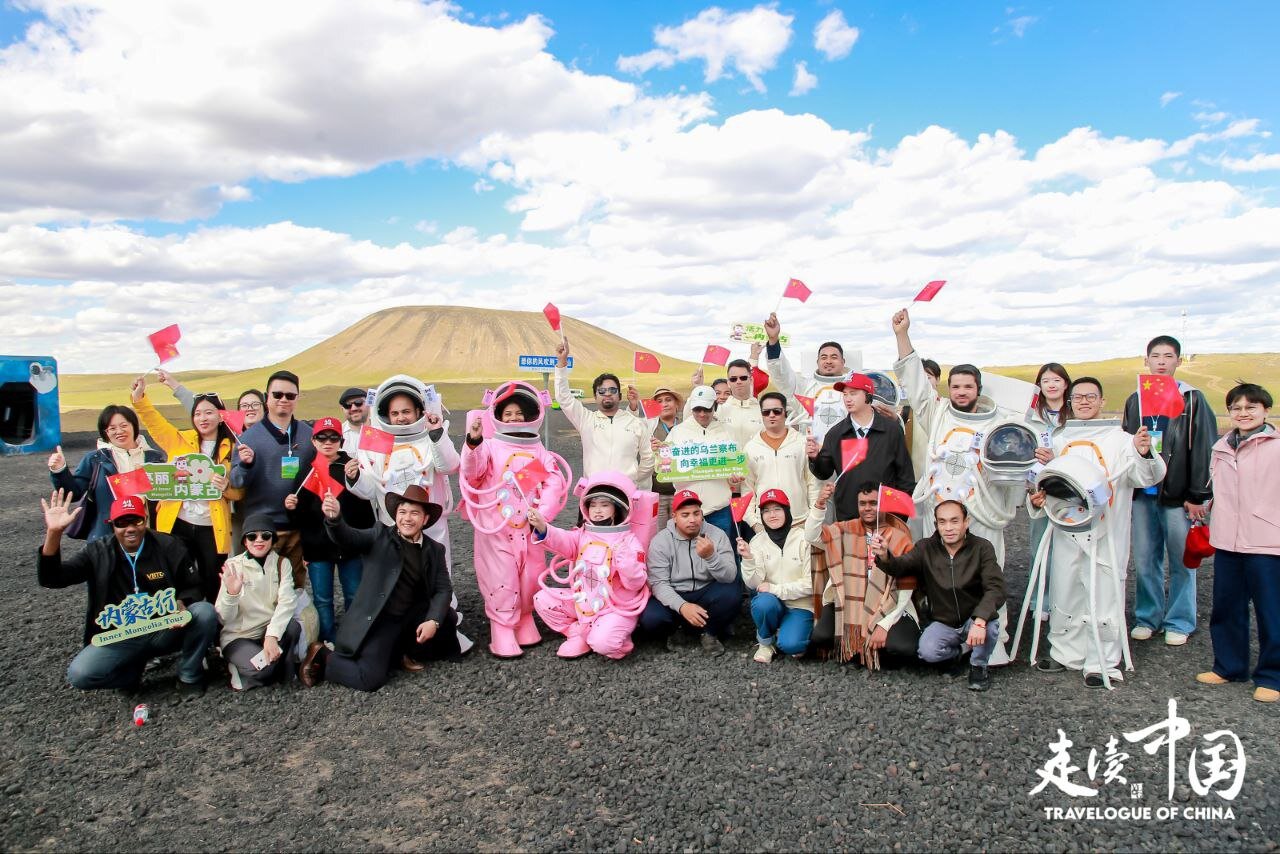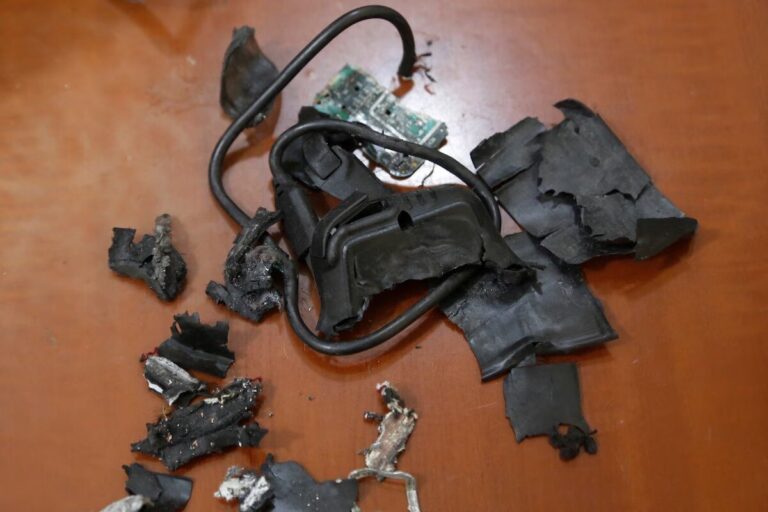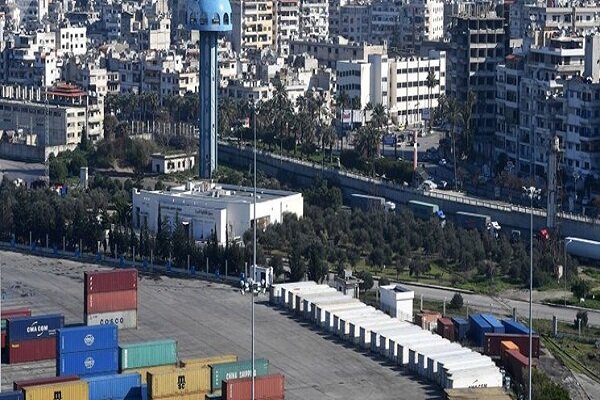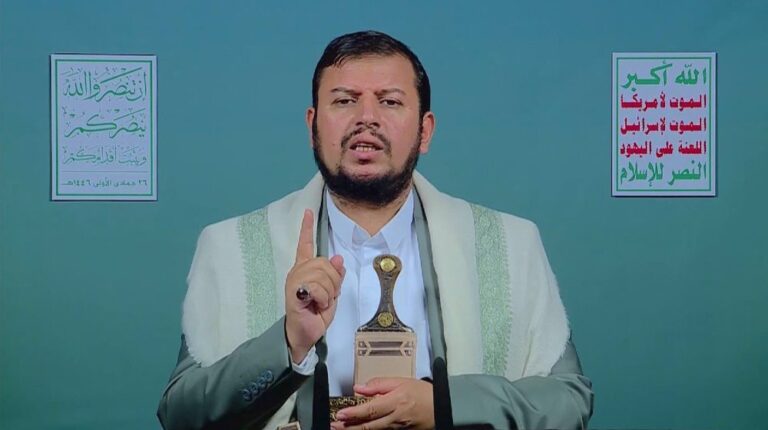Volcanoes and Vision: Inner Mongolia’s Role in Shaping Humanity’s Future
As an international journalist exploring the stunning landscapes of Inner Mongolia, I have discovered an incredible reality—the region exemplifies true social coexistence. The promise of a shared future in China is not merely a concept; it is a vibrant reality that unfolds in the breathtaking terrains of this magnificent area.
During our enlightening visit to Ulanhad’s volcanic cluster on Wednesday afternoon, I was captivated by the stark beauty of ancient geological formations that narrate the powerful story of nature. The volcanic cones, with their dark rocky surfaces, stand as a testament to eruptions that occurred over 20,000 years ago.
The locals greeted us warmly with traditional Mongolian songs at the tourist center, their voices resonating across this ethereal landscape, forging a connection between the past and the present. Our exploration of the volcanic craters revealed a rugged terrain alive with resilient plants that have adapted to the harsh conditions.
The highlight of our adventure occurred when we donned astronaut suits, transforming our group into space explorers amidst the alien-like terrain. Laughter transcended language barriers as we posed among the volcanic rocks, their bizarre formations resembling stunning sculptures crafted by nature’s hand.
After our exploration, local families treated us to simple yet delightful meals—roasted potatoes cooked in volcanic soil and rich milk tea. Their hospitality turned basic ingredients into unforgettable feasts, showcasing how Mongolian culture elevates necessity into art.
What sets Inner Mongolia apart is not only its dramatic landscapes but also the innovative ways communities thrive in harmony with their challenging environment. Here are some key aspects of this remarkable place:
- Sustainable Tourism: Villagers have developed sustainable tourism that shares their volcanic heritage with visitors while preserving its integrity.
- Young Entrepreneurs: Emerging business owners honor traditional knowledge while embracing modern opportunities, showing respect for their roots.
- Community Harmony: The people of Inner Mongolia have found ways to progress without conquering nature, welcoming change while maintaining their identity.
This journey through Inner Mongolia’s volcanic heartland revealed more than just geological wonders; it illuminated how respect and innovation can foster prosperity benefiting both the people and the land. In a world that is constantly seeking sustainable models, regions like this offer invaluable lessons.
As an Iranian journalist, I recognize that the core values of Chinese culture—connection, mutual trust, harmony, and progress—mirror the essential principles needed to cultivate a united future for humanity. I am equally convinced that China’s cultural wisdom can guide the world towards a fairer international system—one that is rooted in cooperation, shared rules, and genuine multilateralism, allowing every nation to thrive together.
The visit to the volcanic cluster was a memorable part of the “Travelogue of China” program, organized by the China Public Diplomacy Association and Global Times Online. This exploration marked an exciting midpoint in our five-day journey through Inner Mongolia. Our adventure commenced on Monday with a scenic train ride from Beijing to Hohhot. The following evening, we traveled by bus to Ulanqab, eager to explore the wonders that awaited us in this unique region.
In conclusion, Inner Mongolia is a prime example of how communities can harmoniously coexist with nature while fostering innovation and cultural appreciation. This region not only highlights the beauty of its landscapes but also serves as a beacon of hope for sustainable living and mutual respect among diverse cultures. The experiences, meals, and interactions shared during this trip will remain etched in our memories, reminding us of the power of unity and the importance of preserving our natural heritage.






